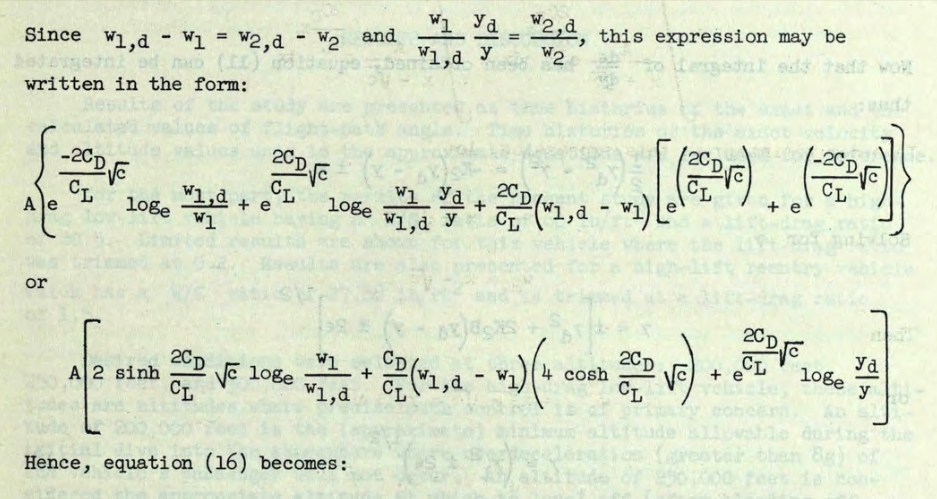Plato is considered one of history’s earliest known and best documented polymaths. His contributions to philosophy, logic, political thought, ethics, art, mathematics, and geometry live on as continuing underpinnings of understanding of our world even today.
In honor of Black History Month, we thought we’d kick off a series highlighting polymaths throughout history by focusing on some Black American Polymaths of the 20th century.
Katherine Johnson

Creola Katherine Johnson (1918-2020) was an American mathematician whose calculations of orbital mechanics enabled the first US manned spaceflight. She overcame entrenched segregation to be come NASA’s black female engineer.
67 years ago, in June 1953, she left her role as a Virginia public school teacher to join the National Advisory Committee for Aeronautics (NACA), the predecessor to NASA, at their Langley Research Center. After only two weeks, she was assigned to the Maneuver Loads Branch of the Flight Research division, where her role was as a ‘computer’, analyzing the mountains of data accumulated from the US’s early flight tests.
Famously, in 1962, she was asked by John Glenn personally to confirm the computer-generated flight instructions that would guide the Atlas-powered Mercury Friendship 7 spacecraft he was to fly in on the first American manned orbit of Earth. In Glenn’s words “if she says they’re good, then I’m ready to go.” The calculations were indeed correct, and the mission was a success, setting the stage for the later Gemini and Apollo missions that resulted in the first manned missions to the moon, a mission on which her calculations were used to the Apollo Lunar Module and command module rendezvous paths. She even worked on plans for a mission to Mars.
Later, Johnson helped to pioneer the use of computers to perform the complex calculations required to enable increasingly complex and risky missions.
In 2015 Johnson was awarded the Presidential Medal of Freedom by President Barack Obama, in 2016, the Silver Snoopy Award (“for professionalism, dedication and outstanding support that greatly enhanced space flight safety and mission success”), and NASA Group Achievement Award, and in 2019 the Congressional Gold Medal. She was the subject of the 2016 film Hidden Figures, which dramatized her story alongside that of Dorothy Vaughan and Mary Jackson, also NASA engineers.
Dr. Lonnie Johnson

Lonnie George Johnson (born 1949, no relation to Katherine, above) is an inventor, aerospace engineer, and entrepreneur. His work with the Air Force missions lab included developing the nuclear power source for the Galileo Jupiter exploration mission as senior systems engineer and later on the Mariner Mark II Spacecraft series for both the Comet Rendezvous and Saturn Orbiter Probe missions.
His recent engineering focus includes an ongoing research partnership with Tulane and Tuskegee University scientists to refine a method for transforming heat into electricity, a mechanic at the fundamental heart of almost all traditional electricity generation.
One of his two development companies, Johnson Electro-Mechanical Systems (JEMS), has developed the Johnson Thermo-Electrochemical Converter System (JTEC), listed by Popular Mechanics as one of the top 10 inventions of 2009.
While there’s no denying that the contributions above are significant and impressive, it’s likely to be something altogether different that lives on as Dr. Johnson’s legacy — a household-name product born out of a passion the doctor began to pursue as a teenager, but one that didn’t begin to become a business endeavor until 1989, after his time as a literal rocket scientist: the iconic Super Soaker.
Dr. Johnson fabricated the first prototypes of the high-powered water toy out of PVC pipe and Plexiglas on his own milling machine, and he personally pitched and sold the idea to international toy powerhouse Larami on the strength (pun intended) of that prototype alone. The plastic water pistols went on to become one of the top-selling toys of the 90s.
Throughout it all, Dr. Johnson overcame the adversities nearly all Black Americans face, and did so in a nearly all-white and extremely exclusive cohort. Of his experience as a Black American in STEM, he said he was often underestimated, and said “most of my career as an engineer, I was put in environments where I was the only person of color in the room.”
Plato Loves Polymaths
We’re inspired by these two contemporary polymaths – individuals not just of exceptional intellect but with far-reaching interests, expansive creativity, and the fortitude to bring their ideas to life despite their own personal adversities. We hope these stories of inspiration and a daily dose of Plato can unlock the inner polymath inside each of us.


